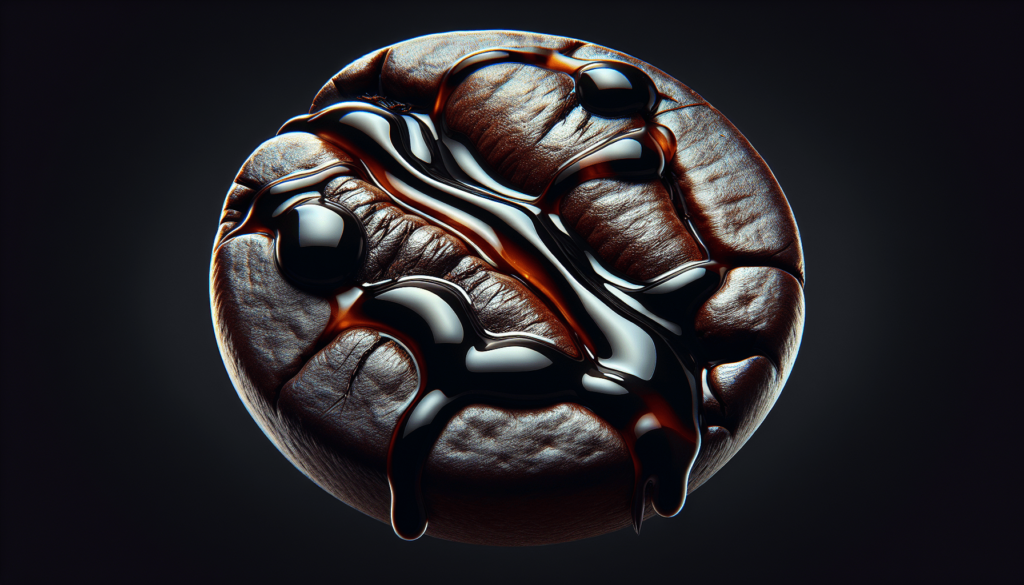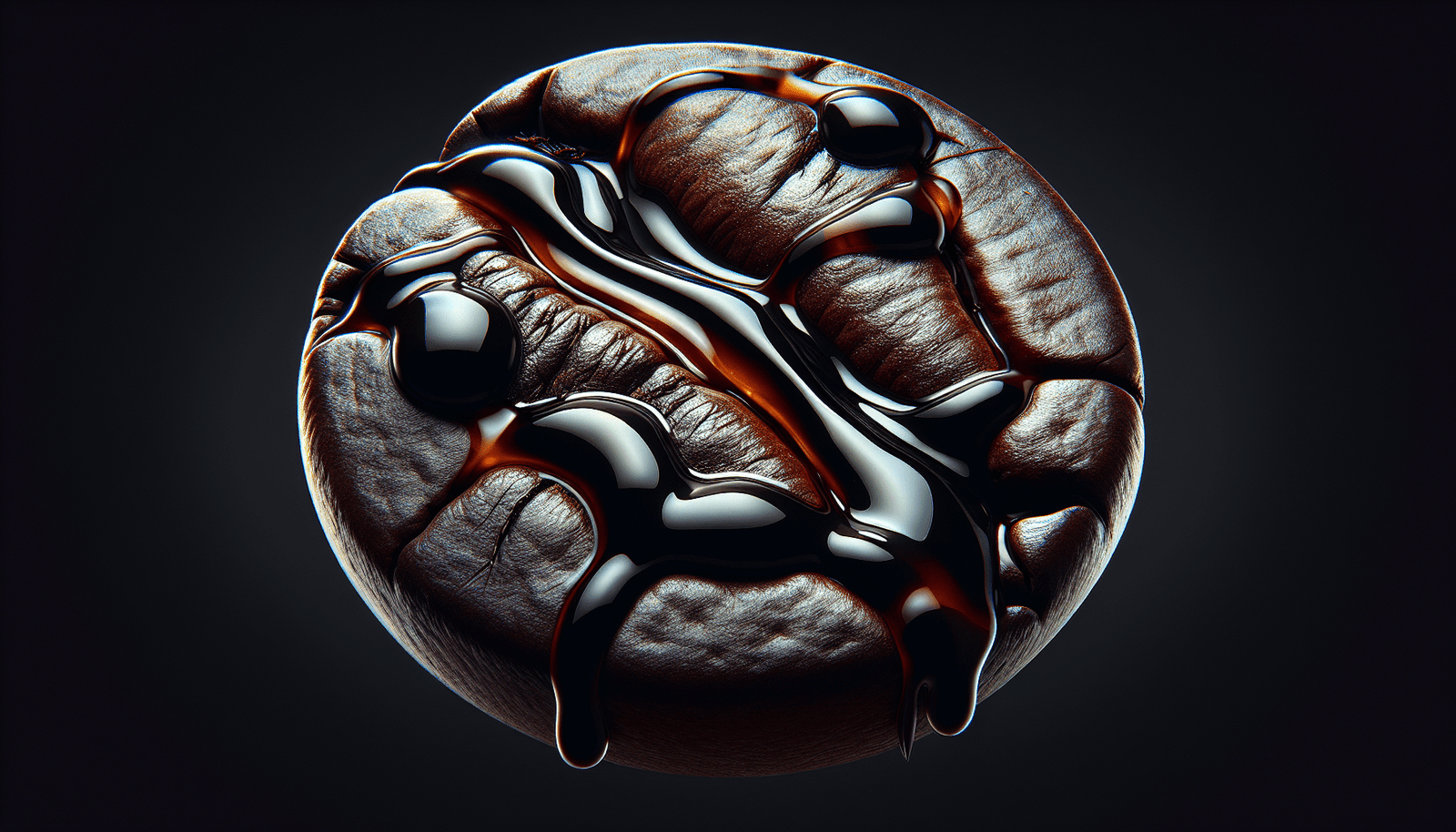Welcome to the world of coffee connoisseurship, where the quest for the perfect espresso bean is a never-ending journey. In order to brew the perfect cup of espresso, it all starts with the quality of the bean itself. From the region it was grown in to its processing method, a high-quality espresso bean encompasses a multitude of factors that contribute to its richness, depth of flavor, and overall excellence. Join us as we delve into the world of espresso beans and explore what it takes to find that perfect, aromatic cup of coffee. What Makes A High-quality Espresso Bean?
Have you ever wondered what sets high-quality espresso beans apart from the rest? Making the perfect espresso starts with selecting the right beans, but with so many options available, it can be overwhelming to know which ones to choose. In this guide, we’ll delve deeper into the world of espresso beans to help you understand what makes a high-quality bean and how to identify them. Let’s get started!

Origin of Espresso Beans
The origin of espresso beans plays a crucial role in determining their quality. Different regions around the world produce espresso beans with distinct characteristics in terms of flavor, aroma, and acidity. Some of the most popular espresso bean origins include:
- Brazil: Known for its full-bodied and nutty flavor, Brazilian espresso beans are a favorite among many coffee lovers.
- Colombia: Colombian espresso beans are prized for their mild acidity and smooth, balanced flavor profile.
- Ethiopia: Ethiopian espresso beans are known for their complex fruity and floral notes, making them a popular choice for those seeking a unique flavor experience.
- Italy: Italian espresso beans are often characterized by their dark roast and intense, bold flavor profile.
When selecting espresso beans, consider the origin and flavor profile that best suits your taste preferences.
Roast Level
The roast level of espresso beans has a significant impact on the flavor and aroma of the resulting espresso. There are three main roast levels to choose from:
- Light Roast: Lightly roasted espresso beans retain more of their natural flavors and acidity, resulting in a brighter and more complex espresso.
- Medium Roast: Medium-roasted espresso beans strike a balance between flavor and body, offering a versatile option for espresso enthusiasts.
- Dark Roast: Dark-roasted espresso beans have a bold and robust flavor profile with rich, caramelized notes, ideal for those who prefer a strong coffee taste.
Experiment with different roast levels to find the perfect balance of flavor and intensity for your espresso.
Grind Size
The grind size of espresso beans is crucial for achieving the perfect extraction during the brewing process. Espresso requires a fine and consistent grind to ensure proper extraction and optimal flavor. Here are some common grind sizes for espresso:
- Fine Grind: Espresso beans should be ground to a fine consistency, similar to table salt, to ensure proper extraction and a rich crema.
- Consistent Grind: Consistency is key when grinding espresso beans, as uneven particles can result in over-extraction or under-extraction of flavors.
- Adjustable Grinders: Invest in a quality grinder with adjustable settings to customize the grind size based on your espresso machine and personal preferences.
Take the time to experiment with different grind sizes to find the perfect balance for your espresso brewing.
Bean Quality
The quality of espresso beans is determined by various factors, including the harvest, processing, and storage methods. Here are some indicators of high-quality espresso beans:
- Freshness: Look for espresso beans with a recent roast date to ensure freshness and optimal flavor. Avoid beans that are past their expiration date or have been sitting on the shelf for too long.
- Organic: Organic espresso beans are grown without synthetic pesticides or chemicals, resulting in a cleaner and more environmentally friendly product.
- Single-Origin: Single-origin espresso beans come from a specific region or farm, allowing for a unique flavor profile and traceability back to the source.
- Direct Trade: Support small-scale coffee producers by choosing espresso beans that are sourced through direct trade relationships, ensuring fair wages and sustainable practices.
By prioritizing bean quality, you can enjoy a superior espresso experience with rich, complex flavors and aromas.

Brewing Method
The brewing method also plays a significant role in the quality of the espresso. Different brewing techniques can highlight specific flavor profiles and aromas in the beans. Here are some popular brewing methods for espresso:
- Espresso Machine: Traditional espresso machines use pressure to extract the flavors from finely ground beans, resulting in a concentrated and rich espresso shot.
- Aeropress: The Aeropress is a versatile brewing device that allows for full immersion and pressure to create a smooth and flavorful espresso.
- Pour-over: Pour-over methods, such as the Hario V60 or Chemex, offer a clean and balanced extraction for those who prefer a lighter espresso.
Experiment with different brewing methods to find the one that best suits your taste preferences and highlights the quality of your espresso beans.
Storage Tips
Proper storage is essential for maintaining the quality and freshness of your espresso beans. Here are some tips to keep your beans in top condition:
- Airtight Container: Store espresso beans in an airtight container to protect them from exposure to air, light, and moisture, which can degrade the quality of the beans.
- Cool, Dark Place: Keep your container of espresso beans in a cool, dark place, away from heat sources and sunlight, to preserve their flavors and aromas.
- Avoid Freezing: While some may recommend freezing espresso beans to extend their shelf life, freezing can cause moisture to accumulate on the beans and affect their quality.
- Fresh Grind: Grind your espresso beans just before brewing to maintain maximum freshness and flavor, as pre-ground beans can quickly lose their aroma and intensity.
By following these storage tips, you can ensure that your espresso beans retain their quality and deliver a premium coffee experience with each brew.
Taste Testing
One of the best ways to determine the quality of espresso beans is through taste testing. When sampling espresso, pay attention to the following characteristics:
- Flavor: Note the flavor notes in the espresso, such as fruitiness, chocolatey, nutty, or floral, and how well-balanced they are in the cup.
- Aroma: Inhale the aroma of the espresso to detect the subtle scents and fragrances that contribute to the overall sensory experience.
- Acidity: Assess the acidity level of the espresso, whether it’s bright and tangy or smooth and mellow, to determine your preference.
- Body: Consider the body of the espresso, which refers to its weight and texture in the mouth, ranging from light and delicate to full and creamy.
By honing your tasting skills and paying attention to these key attributes, you can become a more discerning coffee connoisseur and appreciate the nuances of high-quality espresso beans.
Conclusion
In conclusion, several factors contribute to what makes a high-quality espresso bean, from the origin and roast level to the grind size and brewing method. By understanding these key elements and following best practices for selection, storage, and tasting, you can enjoy a premium espresso experience with rich flavors, aromas, and textures that elevate your coffee brewing game. So, the next time you’re in search of the perfect espresso beans, consider these tips to help you make an informed decision. Happy brewing!

